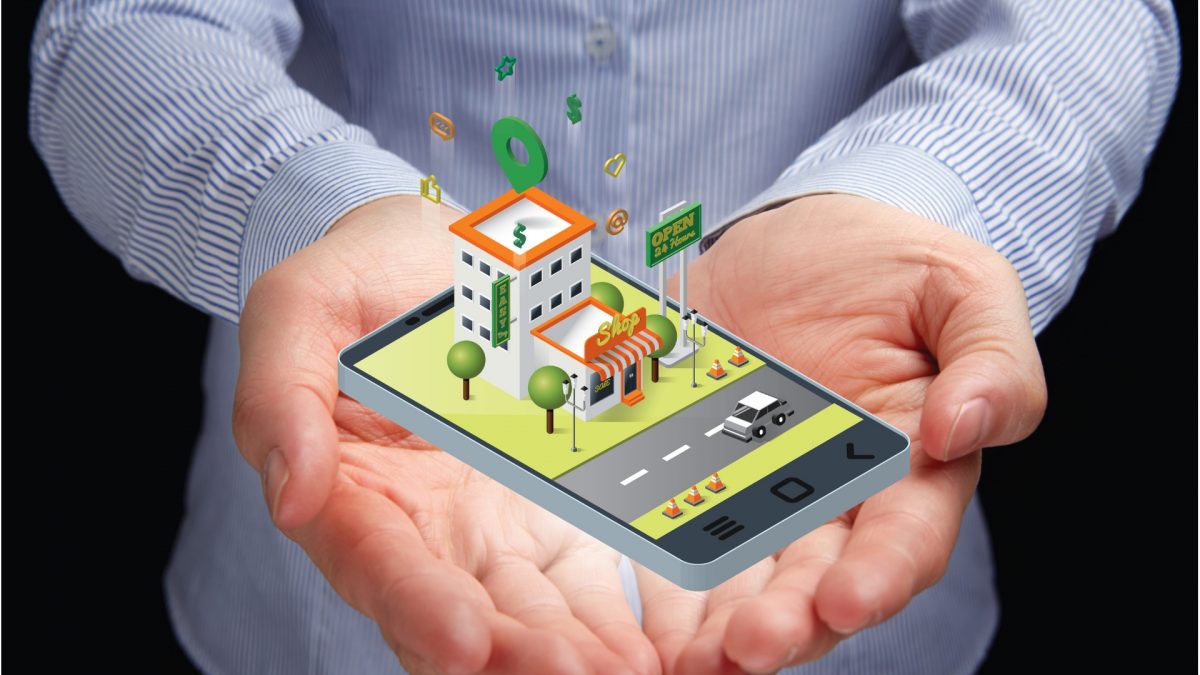
Understanding Headless Commerce And Why It’s Better for the Customer
E-commerce has been changing the way people shop for many years. In the early days of the web, we had to order something and wait more than a few days for it to arrive at our doorstep, even if there was a brick-and-mortar store nearby. Today, you can place an order online and pick it up in store within a few hours – saving you time because you don’t have to get the items yourself, but you’re not necessarily stuck waiting days for it to arrive.
E-commerce has also brought on the showrooming phenomenon, where you go to the store to check something out in person, then go home and order it online to save money. And, the reverse is also true, because you can first discover something online and get it faster by going directly to the store.
Whether you shop online or in person, retailers are all about the customer experience. They know you’re shopping from a variety of devices – computers, smartphones, and tablets, and they want to make sure your online experience matches the in-store experience as much as possible.
With the traditional e-commerce approach – the front-end of the store is closely intertwined with the back-end. That approach worked well in the past, but as consumers move from multiple touchpoints through various devices, there’s an increased need to remove the front-end design (the head) from the back-end (the body.)
Removing the front-end interface completely, in a process known as headless commerce, gives retailers and consumers more control over the entire shopping experience.
What is Headless Commerce?
Headless commerce tech is developed independently of public-facing virtual storefronts where people can explore more about a store or a particular product. In headless commerce, the head is decoupled from the rest of the technology, allowing developers to use APIs and other integration technologies to offer shopping experiences on any screen, platform, digital property or device they want, while front-end experts can choose how to present the content on the framework they choose.
That said, this doesn’t mean e-commerce sites that run on a headless infrastructure can’t offer a rich customer experience. They can and do – but do so independently from the back-end e-commerce technology. And by decoupling these two aspects of the e-commerce experience, merchants are free to experiment with virtual storefronts without fear that their commerce engines or other back-end tools might get buggy or harder to use.
If you’re familiar with the concept of Amazon Dash Buttons, or if you’re using Google Home, the Amazon Echo, or Apple Home Pod smart voice assistants, you already have experience with headless commerce. You don’t need to interface with the originating sales platform to make the purchase – you’re just using the interface of your choice to connect to the merchant’s back-end e-commerce technology that processes the order and manages the payment.
In this sense, headless commerce is built for the Internet of Things (IoT), because it allows developers to use APIs to deliver information to any screen or device, and front-end developers decide how to present that information on whatever framework they want. But what’s great about headless commerce is that it isn’t limited to just IoT – it can be used for any e-commerce sales channel, including satellite websites, mobile apps and third-party marketplace platforms.
With a traditional commerce platform, there is a predefined front-end tightly connected to the back-end. Even if there is room for plenty of customization, the system is only designed to deliver content through websites and native mobile apps – not through smart home assistants and other devices.
How Headless Helps Create a Superior Customer Experience
More Consistency Across Touchpoints
Throughout the buyer’s journey, you can expect your audience’s needs to change. But regardless of which touchpoint they’re using to learn about or interact with your business, you need to deliver a consistent experience.
Research from Forrester shows 95% of customers are using three or more channels to connect with a company in a single interaction, with 62% of them using more than one device. Research from Accenture shows 65% of customers expressed frustration over inconsistent experiences or information presented across channels. These frustrations are the very things that can drive customers away. They should get the same experience no matter how they connect with you, and if they don’t, you’re increasing the chance they’ll go to your competitor instead.
When the front-end and back-end are decoupled, your brand’s customer experience is controlled in the content management system, or CMS. Traditional platforms provide a predefined experience for your customers and your administrative users, with little room for customization and personalization, which is critical for providing a positive customer experience. Because headless commerce removes the constraints from developers and users, it puts you (and your consumers) in more control over the user experience.
This makes it easier for you to deliver your content anywhere and everywhere. Using a native headless e-commerce platform ensures you don’t have to rebuild your sales engine to accept purchases across touchpoints.
This allows your creative team to handle expressing the brand’s values and qualities, without causing any unwanted changes to the e-commerce system.
Better Personalization
Today’s consumers want to shop with companies that understand their individual needs and desires. They want to see companies working to give them a personal experience across all touchpoints.
Go beyond the “People who purchased this item also bought…” and use your unified commerce back-end system to build on your knowledge of what each shopper has purchased in the past – no matter how, where or when they made these purchases.
Headless commerce allows any number of touchpoints to draw from a single source of business information. Use that information to personalize the front-end experience through the CMS, mobile apps, social media channels and point-of-sale (POS) with personal discounts and timely offers made specifically for each buyer. With targeted relevance, your offers are more likely to resonate and convert.
Fits Today’s Agile Marketing Approaches
With the business back-end able to operate independently, marketing can take new levels of control, running more experiments and making dramatic adjustments on the fly. You’re your business data can aggregate to any number of touchpoints, it’s easier to roll out timely promotions across multiple websites, media properties, sub-brands and partner presences.
When you’re entering a new geographical market, for example, you can set up a new website in a matter of days, instead of months. Because you only have to design the CMS once and allow it to handle all the publishing, you have the freedom to quickly and easily change your strategies based on market trends and newly identified opportunities.
Headless commerce systems are built to support new technologies as they come along, to help design new customer experiences. This allows marketing to move quickly when new channels and touchpoints are integrated into the strategy.
If your company often encounters especially complex content and/or customer requirements, headless commerce gives you the opportunity to deliver personalized, innovative, and consistent customer experience quickly. As you move to include bots, wearables, voice interfaces and more into your channel mix, transitioning to headless commerce is the only way to ensure you can keep up with the future.
Gives the Best of All Worlds
Remember when DVD players were still new enough that most people had movies on VHS, and didn’t want to have upgrade their entire collection? For a brief period of time, you could find a DVD/VCR combination player, that gave you the best of both worlds. (You still have that now, since Blu-ray players can also play standard DVDs – and many gaming consoles also do double duty.) But it meant that if one part of the VCR or DVD player malfunctioned, the entire thing needed to be replaced.
In a sense, that’s what we’re dealing with in commerce tech today. Most of the leading e-commerce platforms were built to cater to the DIY business, where all-in-one is the name of the game. It doesn’t matter if we’re better off decoupling content management and interface design from our business engines – for the time being, we’re grandfathered into platforms where drag-and-drop page building is as central to the merchant’s experience as fulfillment tracking.
But as buyers move away from computer and tablet screens used to place orders via one website, instead of interacting with any number of media interfaces and properties, using their voices, smartwatches, social media platforms and even in-store kiosks, the industry needs headless commerce.
If you opt for a newer system where your CMS isn’t directly attached to your e-commerce system, you get the best of both worlds. You control the entire customer experience with the CMS and allow the e-commerce system to handle all the transactional stuff in the back. Separating the roles and responsibilities allows for speed and consistency on both the front-end and back-end.
Time to Decapitate Your Shop
Ultimately, if you can’t make the switch to a headless e-commerce experience, you’ll fall victim to the speed of technology and watch your business struggle.
If you’re going to run a successful retail business for years to come, you need the ability to keep up with the times and provide the types of customer experiences people want.














